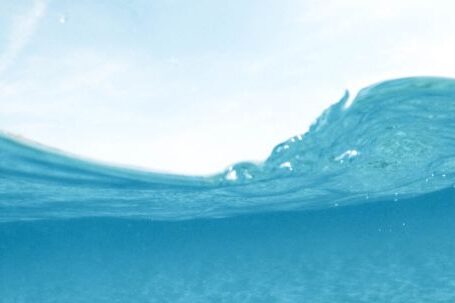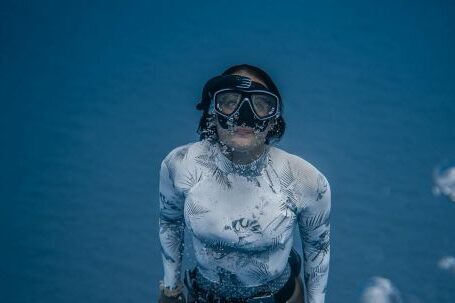Exploring shipwrecks is a thrilling adventure that allows divers to delve into history and witness the remnants of maritime disasters. However, diving shipwrecks can be dangerous if not approached with caution and proper preparation. In this article, we will discuss the essential guidelines for safely diving the most famous shipwrecks around the world.
Research and Preparation
Before embarking on any shipwreck dive, it is crucial to conduct thorough research. Gather information about the wreck’s history, its current condition, and the specific diving requirements. Websites, books, and local diving communities are excellent sources for acquiring the necessary knowledge.
Furthermore, adequate preparation is vital to ensure a safe and enjoyable dive. Before heading to the shipwreck site, ensure that you have all the necessary certifications and experience required for diving at that depth. Familiarize yourself with the local diving regulations and obtain the appropriate permits if necessary.
Plan Your Dive
Proper planning is essential to mitigate risks associated with diving shipwrecks. Start by creating a detailed dive plan, including the entry and exit points, the maximum depth you plan to reach, and the estimated bottom time. Consider factors such as currents, visibility, and potential hazards when formulating your plan.
Diving with a Buddy
Never dive alone when exploring shipwrecks. Always have a reliable dive buddy by your side. Diving with a buddy provides an extra layer of safety as they can assist you in case of an emergency or equipment failure. Before descending, establish clear communication signals and develop a plan for staying together throughout the dive.
Ensure Proper Equipment
Using the right equipment is crucial for a safe shipwreck dive. Double-check that all your scuba gear is in excellent working condition before the dive. Pay extra attention to your dive computer, regulator, and buoyancy control device (BCD). It is also advisable to carry a backup dive light and a cutting tool in case of entanglement.
Be Mindful of Depth and Time
When diving shipwrecks, it is easy to get carried away by the excitement and lose track of your depth and bottom time. Remember to monitor your depth constantly and adhere to the limits set by your training and experience. Excessive depth and extended bottom times increase the risk of nitrogen narcosis and decompression sickness.
Respect the Wreck
While exploring shipwrecks, it is essential to show respect for the historical artifacts and the marine life that may have made the wreck their home. Never touch or remove any items from the wreck, as they are protected by law and contribute to the preservation of the site. Take only photographs and leave only bubbles.
Maintain Buoyancy Control
Proper buoyancy control is vital when diving shipwrecks to avoid damaging fragile structures or disturbing sediment that can reduce visibility. Practice maintaining neutral buoyancy and avoid using your hands or fins to stabilize yourself. By mastering buoyancy control, you will enhance your safety and minimize your impact on the wreck.
Emergency Procedures
Despite careful planning and preparation, emergencies can still occur. Familiarize yourself with the emergency procedures specific to shipwreck diving, such as safely ascending from the wreck and managing entanglement. Regularly practice these procedures during training dives to ensure you can respond effectively in case of an emergency.
Conclusion
Diving the most famous shipwrecks is a remarkable experience that combines adventure with historical exploration. By conducting thorough research, planning your dive, diving with a buddy, using proper equipment, and maintaining buoyancy control, you can ensure a safe and enjoyable dive. Remember to respect the wreck, be mindful of depth and time, and be prepared for emergencies. By following these guidelines, you can embark on a thrilling shipwreck diving adventure while prioritizing your safety and the preservation of these historical sites.





